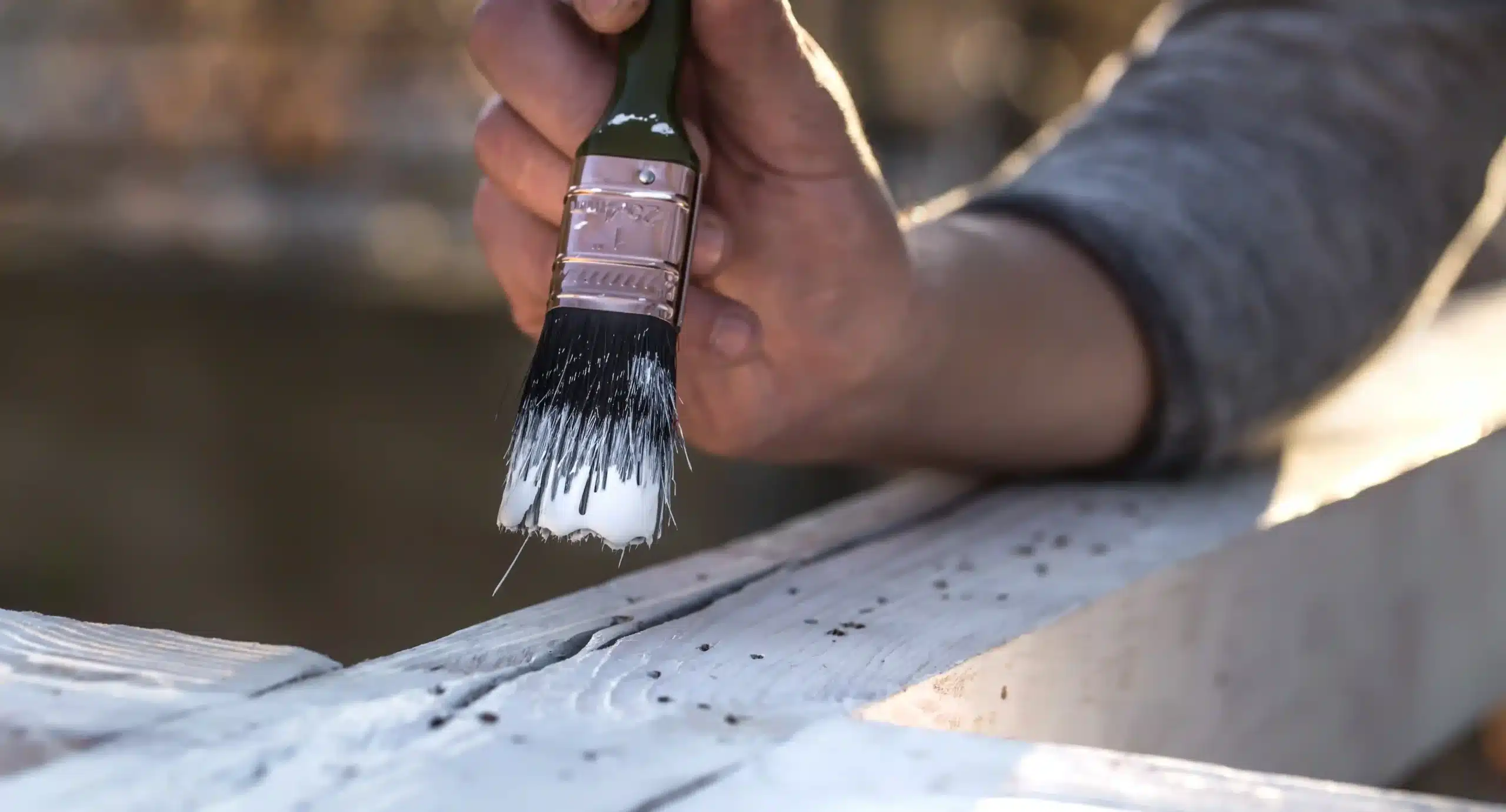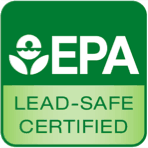Peeling paint is a common problem in many homes. It can be caused by a humid climate with frequent rainfall. Many homeowners assume painting over flaking, peeling paint will solve the problem. However, it’s important to deal with peeling paint before applying a fresh coat to ensure proper adhesion. In this blog, we will discuss the causes of peeling paint and outline crucial steps to fix and prevent peeling paint effectively.
How to Fix Peeling Paint
Peeling paint can be fixed with DIY methods, but some cases require professional attention, depending on the damage. Here’s how to fix peeling paint in your home:
Assess The Damage
Assess the damage to your interior and exterior walls. If the damage is minor, you may be able to fix the peeling paint yourself. However, if the problem is extensive, professional help might be necessary.
Gather the Right Tools, Prepare & Clear The Area
Depending on the severity of the damage, you may need a scraper, a sandpaper block, sandpaper, as well as protective equipment like a mask or gloves. Before you begin, gently clean and dust any dirt or debris off the walls.
Remove Peeling Paint
Use tools to gently scrape the peeling paint off. This is important because you do not want to apply primer and new paint to a rough or bumpy surface. Removing peeling paint is the first step to creating a smooth surface for new paint.
Smooth The Surface
Once any peeling paint has been removed, it’s time to smooth the surface. Use a sandpaper block or sandpaper with different grits to smooth the surface and clean off any remaining chunks of dried paint. Use filler to patch holes and gaps if necessary.
Apply Primer
Once the wall is smooth and the holes are patched, apply a coat of primer on your walls. Primer allows for better paint adhesion and ensures that the new coat of paint lasts for as long as possible. Read the manufacturer’s instructions to determine how much primer to use.
Paint The Surface
Once the surface is primed, the last step is to apply the paint of your choice on the surface. Make sure you choose the right paint for exterior and interior walls. Select a high-quality paint that provides a smooth, fine finish.
What Causes Peeling Paint Problems?
Paint peeling can occur on the exterior and interior walls of your home due to various issues, including:
Moisture
Underlying moisture problems are a common cause of peeling paint. Water can seep through your interior and exterior walls, leading the paint to lose its adhesion. As a result, the paint can start bulging, peeling, and flaking.
Poor Surface Preparation
If whoever painted the walls last did not prepare the surface properly before painting, the new paint may not have properly adhered to the surface. This can cause the paint to peel and flake after some time.
Inadequate Drying Time
Proper painting requires multiple coats for strong adhesion, depending on the paint quality and surface texture. Each coat needs to be dried before a new coat is applied. If the painters don’t leave adequate drying time between the coats, the paint can start peeling soon afterward.
Sun Exposure
Sun exposure is another common reason why the paint on your exterior walls might start peeling off. Always select paint that offers UV protection for exterior walls. Otherwise, it can start flaking over time.
Low-Quality Paint
Low-quality paint is also why you may observe your paint peeling or flaking. Low-quality paints usually do not have strong adhesion, even if you apply multiple coats. Therefore, over time, you may observe paint peeling off your walls.
Paint Layers
As discussed above, paint must be applied in multiple coats, with each coat having adequate drying time. Usually, paint containers have the manufacturer’s instructions about the right number of coats and drying time. If the paint layers aren’t formed properly, paint can peel over time.
Incompatible Paint Surface
Each surface requires a different type of paint. For instance, you can’t paint wood with the paint designed for concrete surfaces, and vice versa. Incompatible paint surfaces are another reason why paint may peel off the surface.
How To Prevent Paint From Peeling
Although paint peeling is a common problem, there are a few ways to prevent it:
- Use high-quality paint
- Make sure the paint you choose is compatible with the surface you are painting.
- Prepare surfaces with sandpaper and primer before painting.
- Leave adequate drying time between coats.
- Apply the right number of coats.
- For exterior walls, use paint that offers sun protection.
- Perform regular maintenance and keep surfaces clean.
- If your walls have underlying moisture issues, fix them before painting.
When to Call a Professional
When peeling paint is extensive, recurring, or linked to underlying structural problems like moisture damage, it’s best to seek professional help. Professional painters also address hazardous situations, such as lead paint, ensuring safety throughout the process. Experts like Boise Painting possess the right experience and tools to assess the damage and identify the root cause of peeling paint problems. We will apply durable solutions, ensuring proper surface preparation, high-quality materials, and a lasting finish, saving time and preventing future issues.
Final Thoughts
Peeling paint is a common household problem, but it can be fixed and prevented in the future. Fixing peeling paint requires assessing the cause of the damage, proper preparation, and careful application of primer and paint. Additionally, addressing underlying issues like moisture is crucial for long-term results. When the problem is extensive, consulting professionals ensures lasting solutions. Contact Boise Painting today for reliable, cost-effective, high-quality painting solutions.











